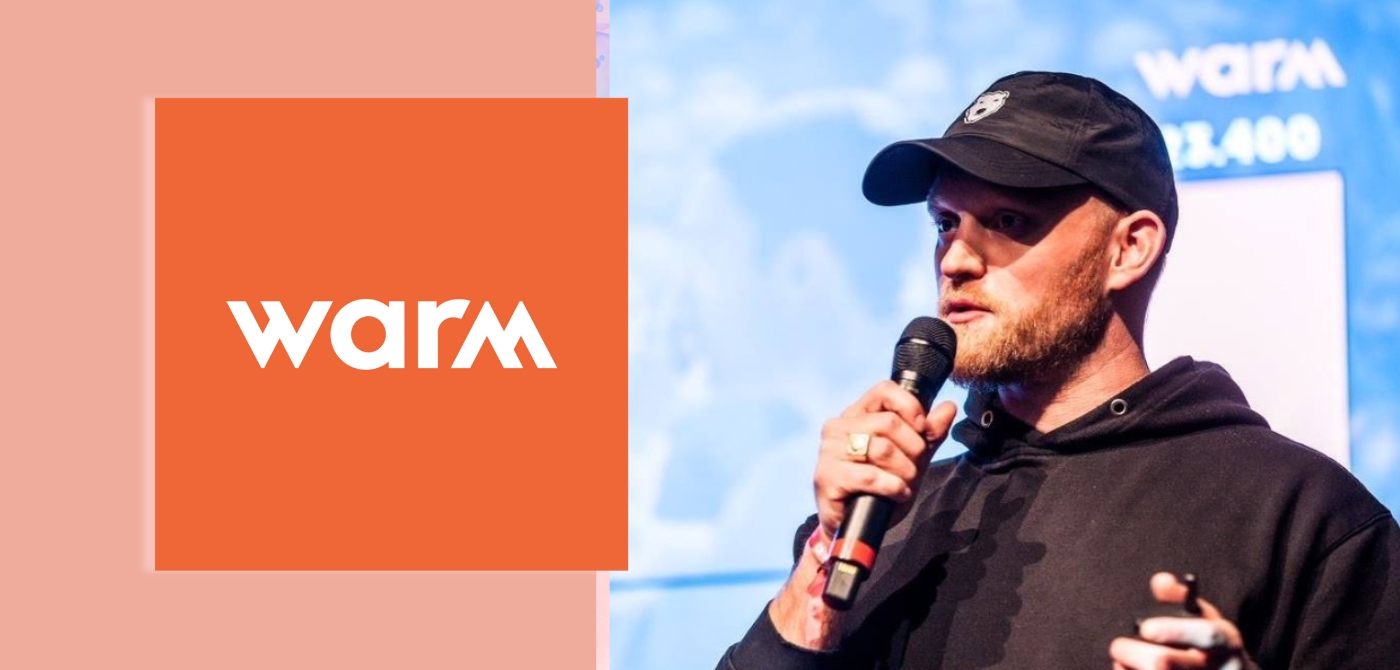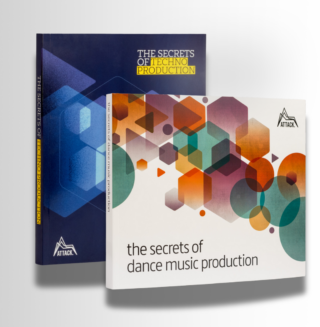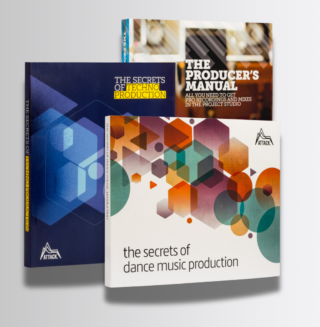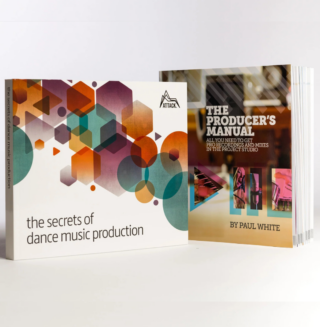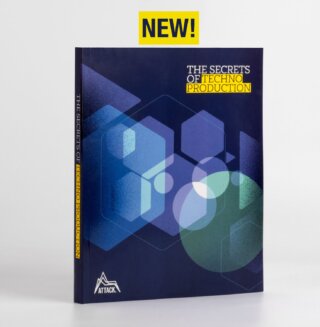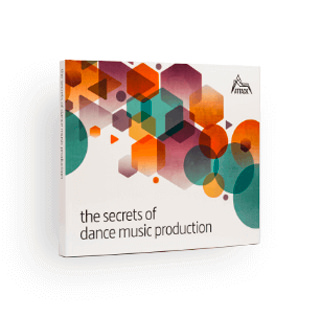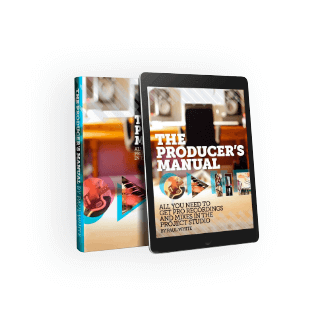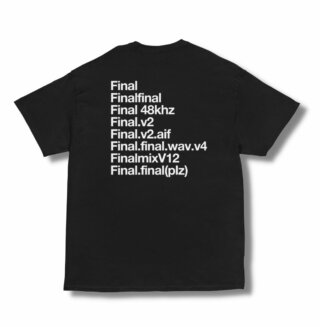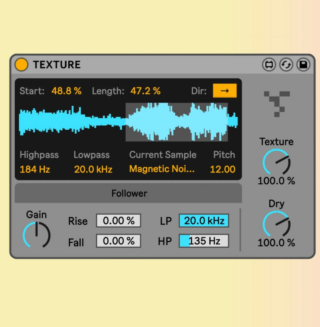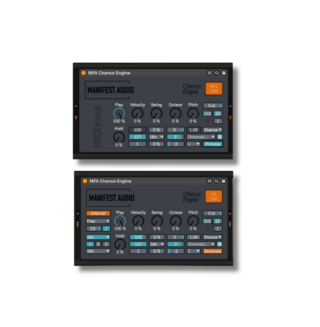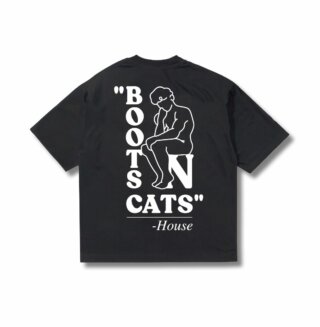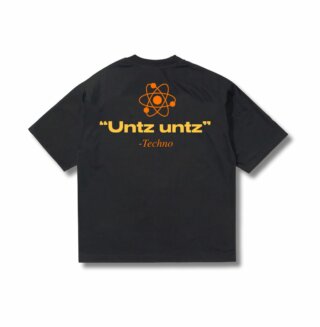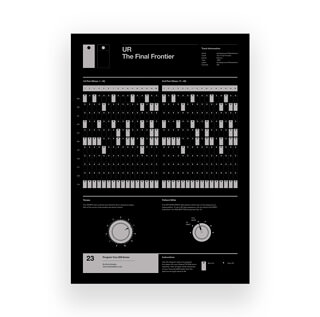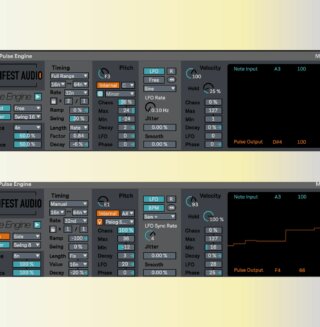We speak with Jesper Skibsby, CEO & Founder of WARM, which monitors radio stations worldwide, tracking your songs in real-time to provide valuable insights and assist in earning royalties.
The history of radio traces back to the late 19th century. What was initially a communication medium soon evolved into a broadcast medium, with the first scheduled radio broadcasts in the 1920s. Radio quickly became a cultural phenomenon. It’s shaped politics, entertainment, and news dissemination globally.
In the age of the internet, that rapid growth and usage might sound familiar. And the comparisons go deeper, especially when viewed through the prism of music and royalties. There’s a growing sentiment that musicians feel shortchanged by the advance of the internet, in particular the rise of streaming, the pay/stream rate, and the decline of physical or digital sales. And while this narrative tends to dominate online discussions, often overlooked is the enduring power of radio.
Radio remains a good way to get your record heard, and in many cases, particularly on larger stations, it’s more profitable than streaming. So, it’s worth ensuring your radio play is monitored accurately. That’s where WARM comes in.
Any company that can assist musicians in making money, especially where it may not have been tracked correctly (or at all), was going to get our attention. It’s already used by labels such as Defected, Ninja Tune, and Anjunadeep. WARM CEO and Founder Jesper Skibsby is a champion of independent music and was on the DUP board – the association of independent record labels in Denmark. His commitment to independent music has been consistent throughout his career, so how can WARM harness that enthusiasm further to benefit independent and electronic musicians?
If you’re interested in WARM, you can use attack20 on their site to get 20% off – it’s valid till the end of the year. View all plans here.
Attack: If I’m an independent label, what percentage of plays would you estimate go unnotified and unpaid?
JS: That is a really great question. It would depend on many factors, making it very hard to put a percentage on.
If you are an independent label representing an upcoming or semi-established band/artist, you are most likely not being played on the biggest and most commercial radios. Thus you would most likely not identify most of your radio airplay.
The tendency is that the smaller the radio station, the more independent the mindset; the bigger the radio station, the more commercial the mindset is. A majority of independent labels are receiving their radio data reports via extremely limited covering services, such as MusicTrace, Radio Monitor, or Mediabase, to name a few. These might be the “official music industry standard”; however, they often provide limited coverage to independent labels, usually in very limited markets.
So, to give you a number, I would say between 50-80% of the radio plays will not get to the label unless the label uses a different and better covering service like WARM.
Are you more or less offering a service such as Orfium on YouTube but for global radio, both digital and analog?
I would not say that. I would say we are more like Switzerland – completely neutral. We do not claim royalties on behalf of anyone; we simply make the data from global radio airplay detections available to anyone, in particular, financially accessible to independent artists and labels.
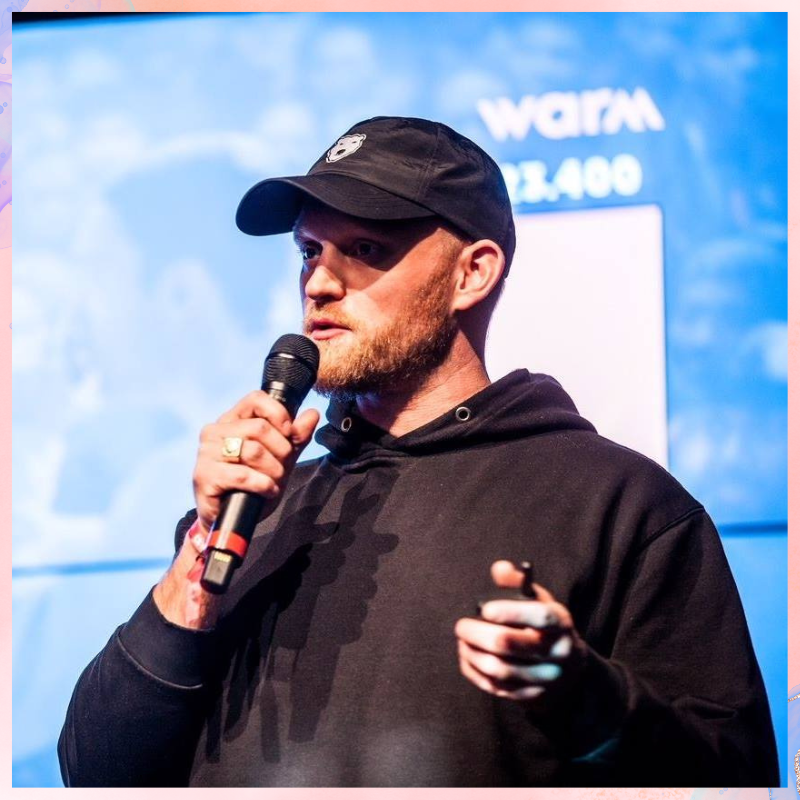
I recently listened to a great Trapital podcast about the future of radio. It exists in a different lane and has been poked and prodded consistently this century, but it keeps going. Are you concerned about the future of radio at all?
I’m obviously a bit biased towards radio, as this is my business.
I’m not too worried about radio as a format for music consumption. I find radio quite different than streaming. With the automation of music curation and playlisting, we will likely see an increase in listeners on, for example, specialist radio.
I think we will see that people who like jazz would look to find a jazz radio that they like and trust and can discover new music via a human gatekeeper and music curator. I believe that there will always be a demand for human curation.
During the Covid pandemic, we actually saw an increase in radio listeners. Radio offers something that streaming can’t – feeling part of a community.
Who are your biggest users? Labels, pluggers, managers, or artists?
Our main clients are independent record labels, radio pluggers, artists, managers, and publishers. Recently we also started offering solutions to distributors and other bigger music and music/tech companies.
Would it be fair to say WARM best suits those expecting significant global airplay? Or, what surprise success stories could you share with us that promote the value of WARM to an independent electronic musician or outfit, the type of person who would read Attack?
A majority of our clients are in dance/electronic music, actually. I can say that we do not have any major label clients; we only have independent clients.
That’s not to say we are anti-major, BUT we are very pro-indie. The main point with WARM is that we monitor not only the biggest individual radios and networks in most countries but also everything from college radios to specialist and niche radios and community radios.
Basically, we monitor a lot more radios than the majors have access to, particularly because we are global and focus on a wide range of radios, not only the biggest and most commercial radios.
I actually wrote an article about this topic: “The reverse Robin Hood model of radio – explained” which I would highly recommend reading. It’s fairly complex to explain, in short, the difference between radio data from a major vs. independent perspective, but this article describes a lot of the problems around it.
Radio offers something that streaming can’t - feeling part of a community
Does your technology work the same way for digital stations as analog? Is it proprietary software/hardware?
Yes, basically, all the radios we monitor are via an online broadcast feed. This is because almost all radios that broadcast terrestrial also have an online broadcast feed, which is the same. Also, it is much more practical to maintain and handle the radios individually via an online audio stream.
How much control do you have? For example, can there be music reporting errors and then the financial accounting and bookkeeping of royalties down the funnel? With so many touch points, millions presumably, there must be a percentage of wastage or slip?
I see WARM as Switzerland. We are totally independent and neutral. We provide a tool that detects radio airplay. What our clients do with the data and information is up to them. So a publisher would use the data to make sure they are paid, where as a manager usually wants to make sure the data in transferred to all the stakeholders around the artist/song.
Does WARM work in clubs? Is that an area that, despite various initiatives, still remains a huge area for growth?
Our technology could be used on clubs to make detections here; however, it is not something we have on our roadmap. Other services that do this already exist, for example, our good friends at DJ Monitor. The technology could also be very relevant for detection in restaurants and shopping malls etc. But we have no plans to go that route.
It’s what everyone wants to know, we covered it in our business book, but its a little old now. What can musicians expect to make once you’ve tracked their song as being played?
It is a very difficult question to answer. It’s like asking: How much does a car cost? It depends on several factors: are we talking publishing or neighboring rights, what country, what radio, where does the radio broadcast, is it a national radio, and how well does the CMO/PRO work in the country of radio plays? And finally, how well does your local CMO/PRO work with the ones in the country where the radio plays happen? A radio play could pay anything from 0 to $100 per play.
You monitor 23k+ stations worldwide. Do you know how many exist? What’s stopping you from monitoring them all?
We estimate there are around 35,000-50,000 relevant radios to monitor in a perfect world. Currently, we prioritize monitoring the radios requested by our clients on the platform. Maintaining and updating the radios monitored is a never-ending project. Sometimes, a radio closes, new ones start, and sometimes, they change the name or website or get bought by a bigger radio station.
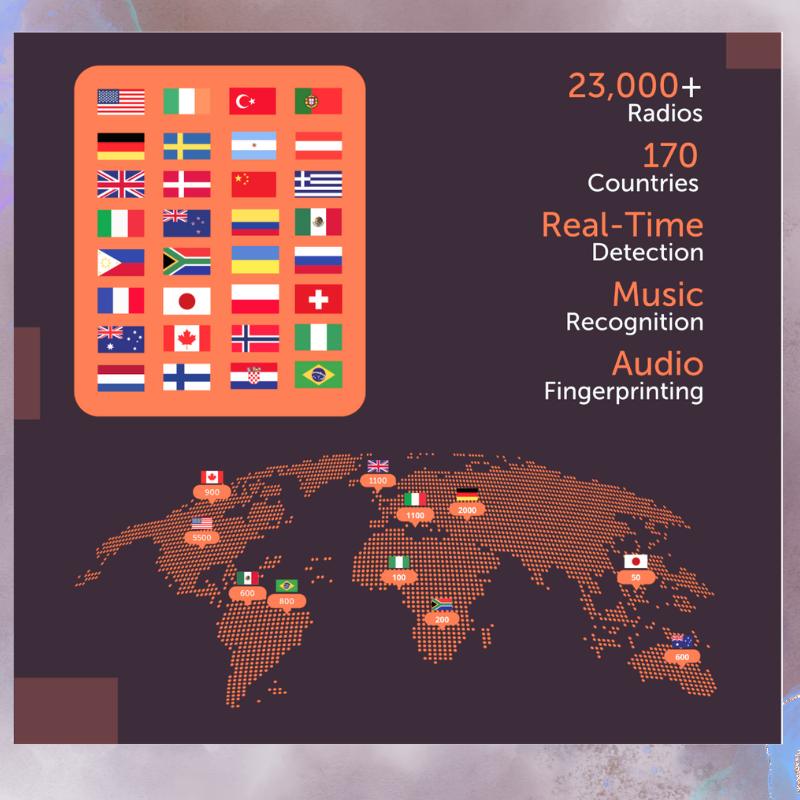
Where does radio rank in the list by the importance of promo platforms for musicians these days?
From my perspective, radio is really important to break an artist or a song. But it is not either/or; it’s about creating a great campaign that works, whether that is via radio, streaming, social media, or a combination.
I believe that streaming is a great help for music to get distributed more broadly, which often accumulates radio spins. Radio is often where the audience listens to a song for the first time; hereafter, a song could usually be Shazaam’ed in order for the listener to identify it, and hereafter, it gets added to a playlist on a streaming service. Music is distributed globally and available instantly anywhere. However, radio plays, in particular, are often monitored locally. This does not make any sense to me.
Can you tell us about WARM Ambassadors?
We activated a few ambassadors around the world, including artists and labels. It’s a beneficial partnership where both parties receive undeniable value for each of their own efforts.
It’s our hope that through our ambassadors, we convey a message and inform their individual followers on the benefits of radio data. Simulteanesolu, we’re tracking their songs and collecting the data.
We currently have ambassadors such as Icarus, Baime, Milo S, Voost and Robby East.
Are you a label, artist, or manager who wants to try WARM? Attack has a very special discount code. You can save 20% off a WARM Plan. Expires at the end of 2024.
attack20
Activate it here.
